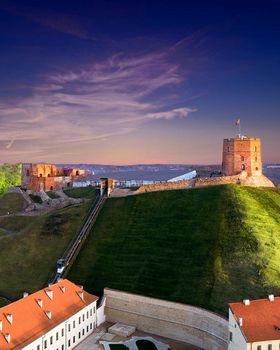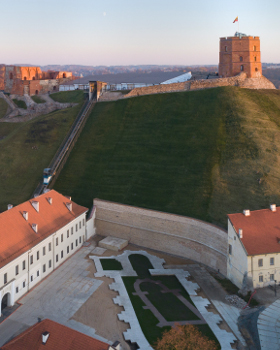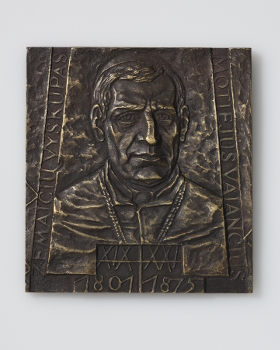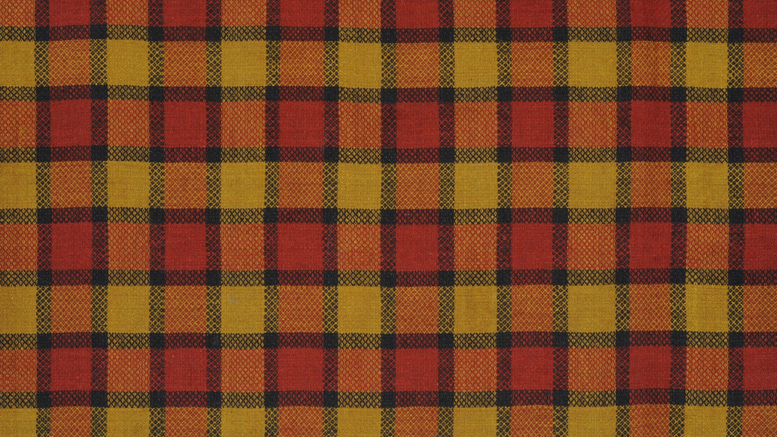Textile
The collection of interior textile constitutes more than 4,000 items of interior and household fabrics used in Lithuanian villages and towns. The earliest items date to the late 18th – early 19th century, and the major part consists of fabrics from the mid-19th – mid-20th century. The collection reflects the interior textile of all ethnographic regions of Lithuania, although the number of items from different regions varies. The largest number of interior textile comes from Aukštaitija, Žemaitija and Dzūkija, and a smaller number comes from Suvalkija and Lithuania Minor. There are some textiles from Lithuanian enclaves in Belarus and Poland.
Currently the largest part of the collection consists of towels woven by village women on hand looms (1,317 items), mainly meant to be given as gifts or to decorate a room: white linen or linen-cotton, embellished with threads of other colour, crochet work and braided yarns, sometimes with embroidered ornaments or initials. The collection of bedspreads is the most colourful and reveals the largest variety of weaving techniques and patterns. The group of tablecloths contains handworks by both village women and professional weavers who worked in villages, and there is a large group of crocheted and braided tablecloths very popular in the 20th century. White and coloured linen or linen-cotton pillowcases and sheets decorated with lace, tassels or embroidery, and linen or woollen blankets or blankets stuffed with tow or wool show what kind of bedding was used by peasants in the 19th – mid-20th century. Woven, crocheted, embroidered floor mats, tablecloths, and curtains reveal the attempts to create a cosy home. Smaller groups of the interior textile collection – linen shrouds for funerary rituals, cloths covering the space under the bed, daily and festive saddlecloths for the coachman’s seat, wall or floor mats, floor coverings, and household sacks – bear witness to the daily life and festivities of village people. The collection includes not only fabrics, but also flax and hemp ties, samples of hand-woven linen and woollen yarns, and rolls of linen and woollen fabrics. The collection of early textiles is supplemented by products of folk masters and weaving companies that operated in the second half of the 20th century.
The large variety of techniques, colours and patterns of folk textiles, the continuity of traditions and their natural transformation is revealed by a collection of fabric scraps consisting of circa 10 thousand items. It contains fragments of 19th-20th century clothes and interior fabrics and various decorative elements collected in all Lithuania: knit, crocheted and braided works, embroideries and their details.
The collections of interior textile and pieces of fabrics are constantly supplemented.
 Back
Back 














